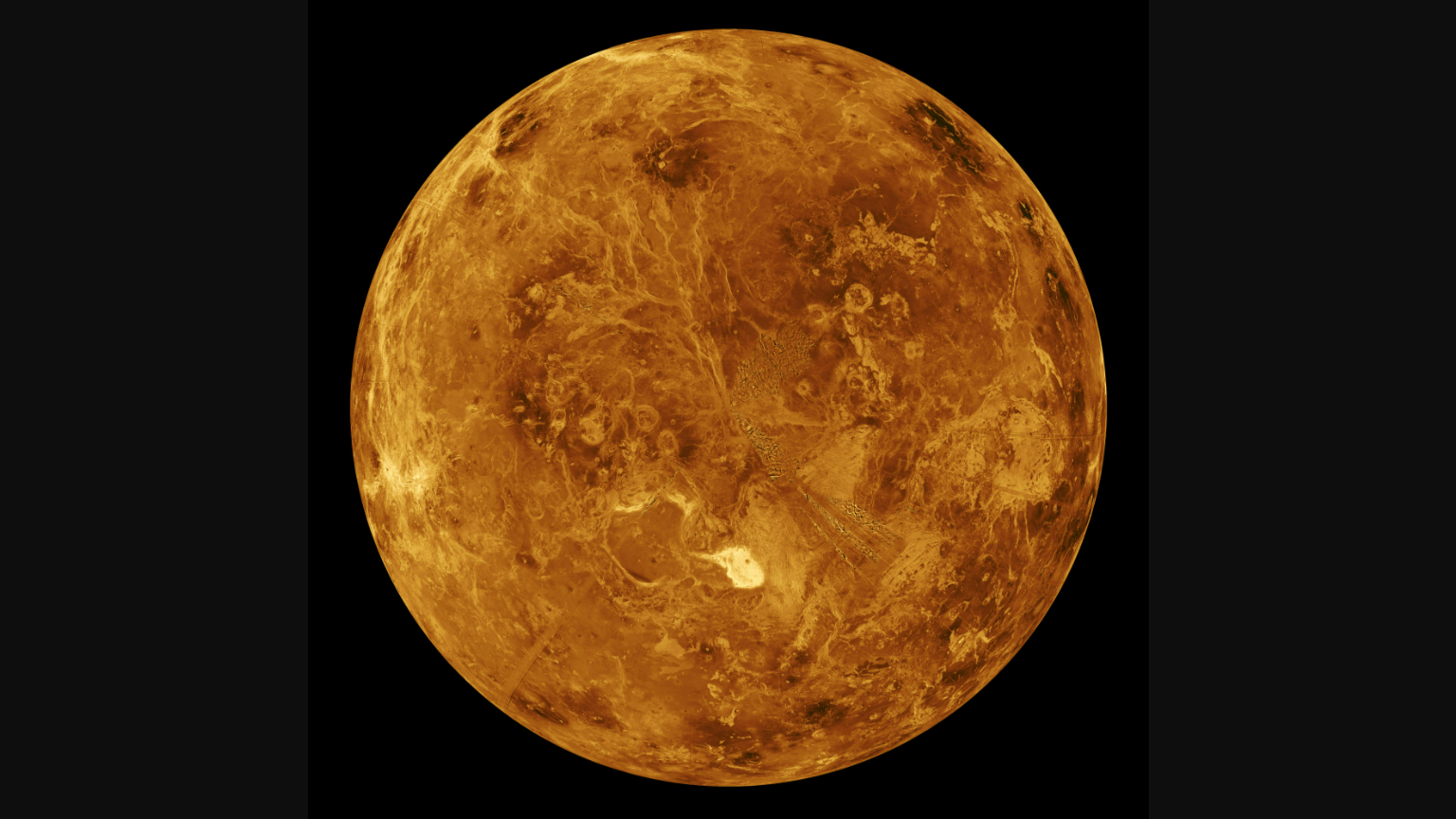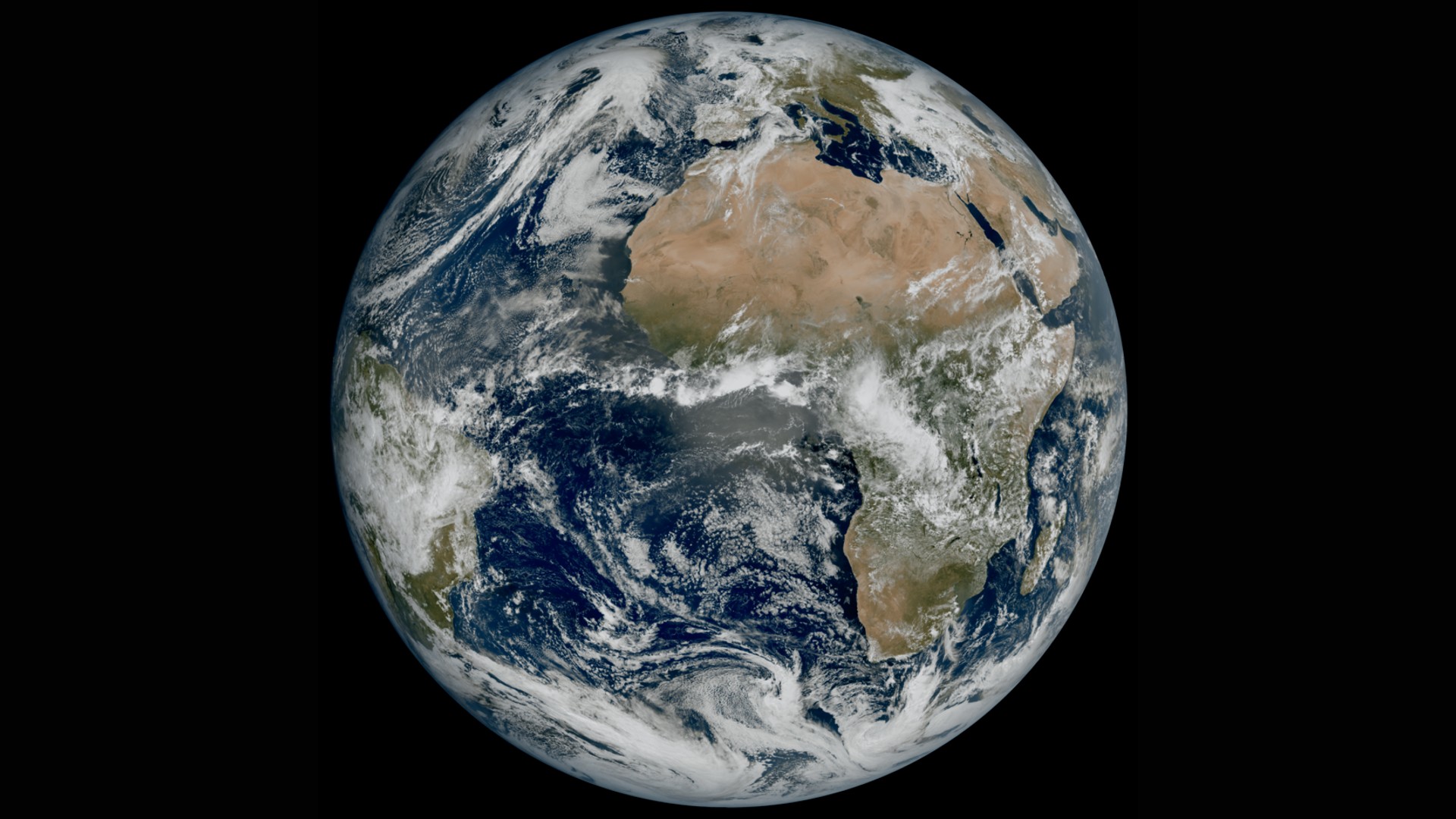If Venus had Earth-like plate tectonics in its distant past, did it have life too?
If the solar system’s hottest world, once had plate tectonics, maybe it was also capable of sustaining life long ago.

New research has revealed Venus may have had Earth-like plate tectonics billions of years ago. The finding opens up the possibility that the second planet from the sun, aka a scorching world, also once harbored life.
With temperatures reaching levels high enough to melt lead, the hottest planet in our solar system seems an unlikely host for life as we know it — even the simplest kind. But, according to this new research, Venus was very different in its deep past. The goal of this work, according to the researchers, is to help us understand the evolutionary past of the planet, but it could also help scientists focus their searches for life elsewhere in the universe.
The team, led by Brown University researchers, discovered Venus’ potential plate tectonic history through atmospheric data collection and computer modeling. The results suggested the current atmospheric composition and surface pressure of Venus would only be possible as a result of continental plates pushing, pulling and sliding underneath one another.
"One of the big picture takeaways is that we very likely had two planets at the same time in the same solar system operating in a plate tectonic regime — the same mode of tectonics that allowed for the life that we see on Earth today," research lead author and scientist at the Lunar and Planetary Institute in Houston Matt Weller said in a statement.
Related: Life on Venus? Intriguing molecule phosphine spotted in planet’s clouds again
Earth’s evil twin
Here on our planet, over the course of billions of years, this tectonic process has spurred the formation of many of Earth’s geological features, including things like continents and mountains. And importantly, plate tectonics on Earth also led to the chemistry that stabilized our planet’s surface temperature, making the emergence of life feasible.
Clearly, with surface temperatures as great as 867 degrees Fahrenheit (464 degrees Celsius), Venus developed quite differently than Earth — despite being called "Earth’s twin" and existing as the closest planet to ours. One commonly suggested reason for this divergent evolution has been that the surface of Venus only had a single plate, a "stagnant lid" with little give. Possibly, this firm plate limited movement and gas from being leaked into Venus' atmosphere from its interior.
Breaking space news, the latest updates on rocket launches, skywatching events and more!
Weller and colleagues think this was not always the case, however, and that the planet, which has a similar size, mass, volume and density as Earth, may have had shifting plate tectonics between 3.5 and 4.5 billion years ago. If true, that would also account for the abundance of nitrogen and carbon dioxide we see in its atmosphere today.
When modeling Venus per the stagnant lid hypothesis, the scientists found they couldn't get the right composition of these elements found in the Venusian atmosphere today. They needed to allow for early Venusian plate tectonics to get the right answer, though the team realized those plate tectonics would've been limited in terms of number and the extent to which they could shift. Even so, the mere existence of those plates increases the chances an ancient Venus was capable of supporting microbial life before radically diverging from its similarity to Earth.
The discovery also paints a more complex picture of the search for life elsewhere in the cosmos. These results suggest that, rather than a binary choice of 'can a planet as we see it support life or can it not?' scientists might have to start thinking about the nuances of geology in a world's past. This will have an impact on both the study of other solar system bodies, like the ocean moons of Jupiter and Saturn — especially Europa, which seems to have Earth-like plate tectonics , and the investigation of extra-solar planets or "exoplanets" orbiting stars other than the sun.
"We’ve so far thought about tectonic states in terms of a binary: It's either true or it's false, and it’s either true or false for the duration of the planet," Alexander Evans, the study's co-author and an assistant professor of Earth, environmental and planetary sciences at Brown University, said. "This shows that planets may transition in and out of different tectonic states and that this may actually be fairly common. Earth may be the outlier. This also means we might have planets that transition in and out of habitability rather than just being continuously habitable."
The team's findings could be confirmed when NASA’s DAVINCI Mission sends a probe plunging through the atmosphere of Venus in around 2031. One of the key questions left to address now is: What caused plate tectonics on Venus to change, and why have the planet's conditions diverged so radically from those of Earth?
"That's going to be the next critical step in understanding Venus, its evolution, and ultimately the fate of the Earth," Weller said. "What conditions will force us to move in a Venus-like trajectory, and what conditions could allow the Earth to remain habitable?"
The team’s research was published on Oct. 26 in the journal Nature Astronomy.

Robert Lea is a science journalist in the U.K. whose articles have been published in Physics World, New Scientist, Astronomy Magazine, All About Space, Newsweek and ZME Science. He also writes about science communication for Elsevier and the European Journal of Physics. Rob holds a bachelor of science degree in physics and astronomy from the U.K.’s Open University. Follow him on Twitter @sciencef1rst.

